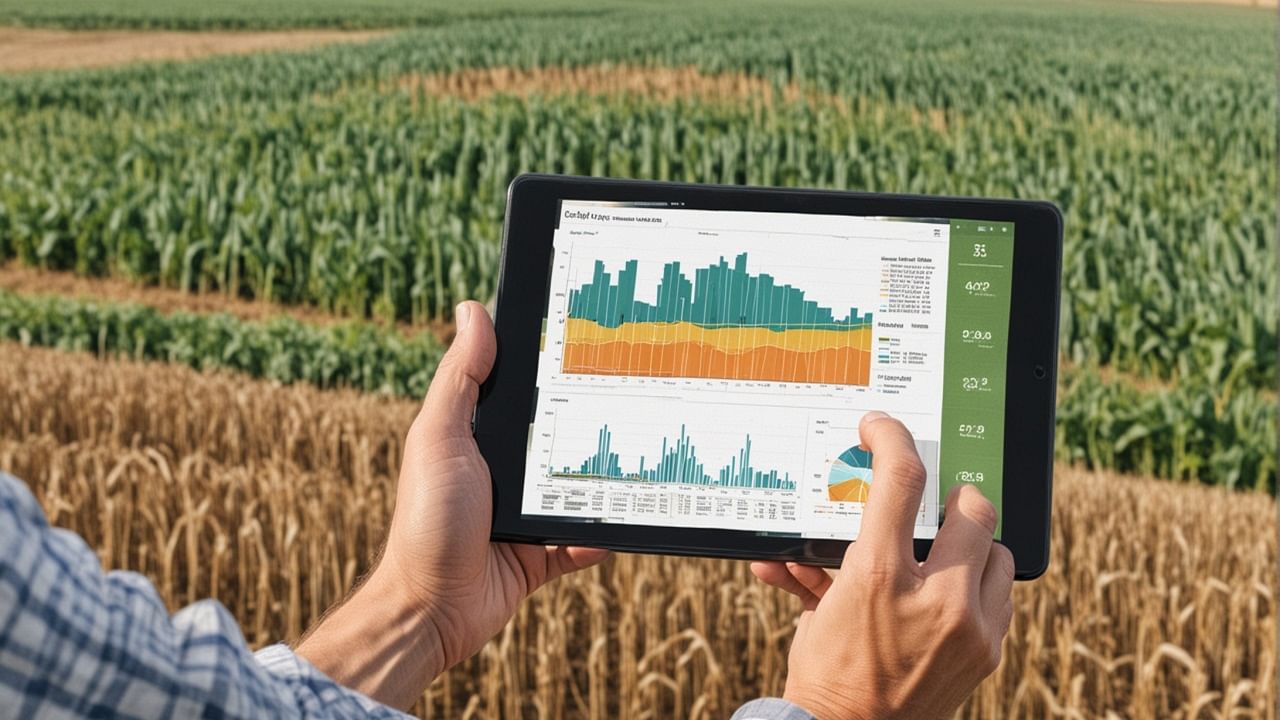
Technological advancements, globalization, and environmental uncertainties are a modern reality. This is why the ability to forecast accurately is more critical than ever. It enables organizations and individuals to navigate uncertainty, adapt to change, and thrive in an increasingly complex and competitive environment.
Forecasting is a technique for making predictions or estimates about future events, trends, or outcomes based on past and present data, patterns, and analysis. Moreover, agricultural forecasting plays a crucial role in ensuring food security, optimizing resource allocation, and mitigating risks in the agricultural sector. By using modern technologies and data-driven approaches, agricultural forecasting has now evolved into a tool capable of providing valuable insights to farmers, policymakers, and stakeholders across the agricultural value chain.
Primary Steps for Agricultural Forecasting
Data Collection:
- Weather Data: One can collect historical weather data from meteorological agencies or weather stations. This data includes temperature, precipitation, humidity, wind speed, and other relevant parameters.
- Crop Data: It is beneficial to gather information on crop types, planting dates, growth stages, and historical yields.
- Market Data: Farmers may obtain market data including historical prices, demand-supply trends, trade policies, and consumer preferences.
- Pest and Disease Data: It is necessary to collect information on pest life cycles, disease prevalence, crop susceptibility, and pest management practice
Data Analysis:
- Statistical Analysis: Analyse historical data using statistical methods to identify patterns, trends, and correlations.
- Machine Learning: Apply machine learning algorithms to large datasets to develop predictive models. These models can forecast outcomes based on historical data and real-time inputs.
- Remote Sensing: Utilize satellite imagery and remote sensing technologies to monitor crop health, soil moisture levels, and vegetation indices. Remote sensing data can provide valuable insights for yield forecasting and pest detection.
Model Development:
There are different models which use historical patterns to predict the possible outcomes for the coming future. One must dive deep into their skills of data analysis to build such models or work on the existing models.
Validation and Refinement:
- Validate forecasting models using historical data and real-world observations.
- Refine models by including feedback from stakeholders, updating parameters, and improving algorithms.
- Continuously evaluate model performance and update forecasts as new data becomes available.
Circulate and Apply:
- Communicate forecasted information to farmers, policymakers, agricultural extension services, and other stakeholders.
- Provide actionable insights and recommendations based on forecasts to support decision-making in farming operations.
Accurate price forecasting helps farmers, traders, and stakeholders plan their production, allocate resources efficiently, and optimize their profit margins. It allows them to make informed choices regarding crop selection, planting schedules, and marketing strategies.
Presently, various large enterprises engaged in this concept primarily support farmers, traders, and other stakeholders in agriculture by forecasting forthcoming commodity prices, evaluating supply-demand ratios, and more. Moreover, there are also applications following this framework, with AgriApp being a notable example. Government entities such as the Department of Consumer Affairs collaborate with numerous companies to anticipate potential outcomes and make crucial decisions regarding stock offloading quantities and the duration of buffer stock retention, among other strategic considerations.
From relying on food imports to being self-sufficient in food grain production, Indian agriculture can benefit from focused policy interventions and innovative technology and planning.











